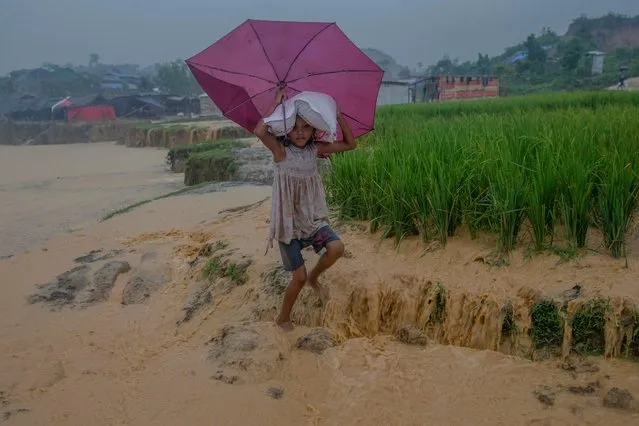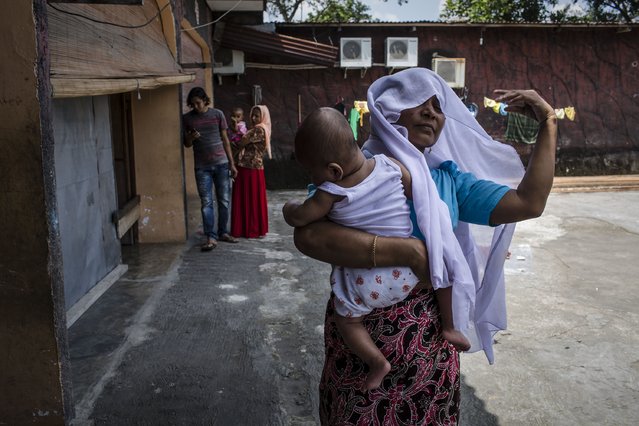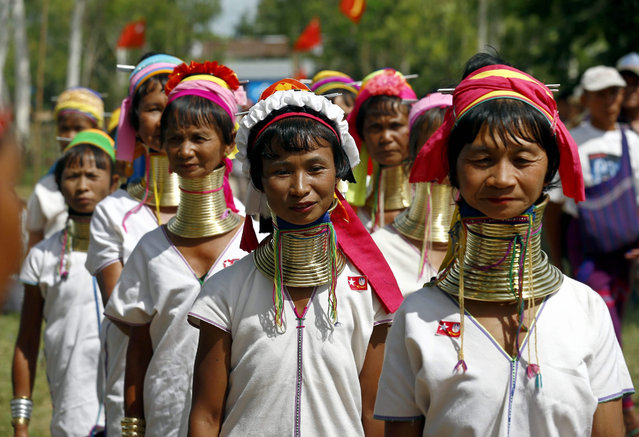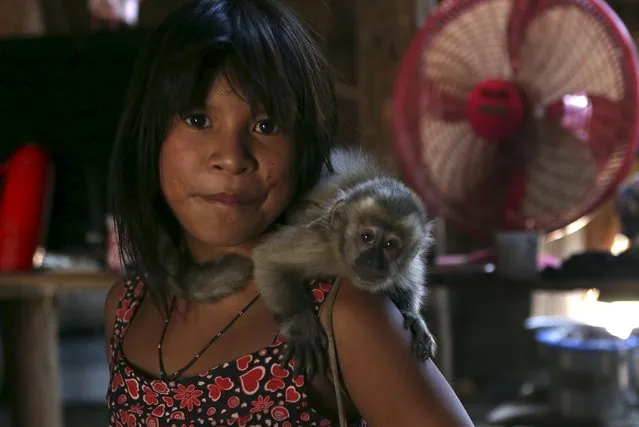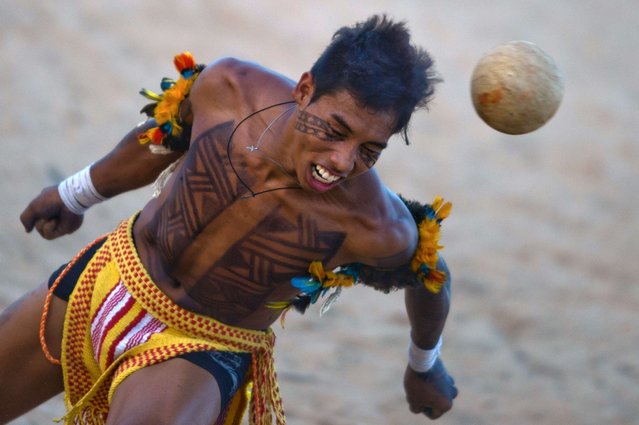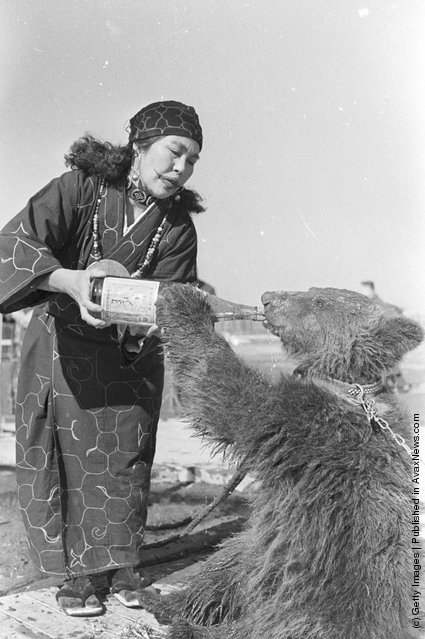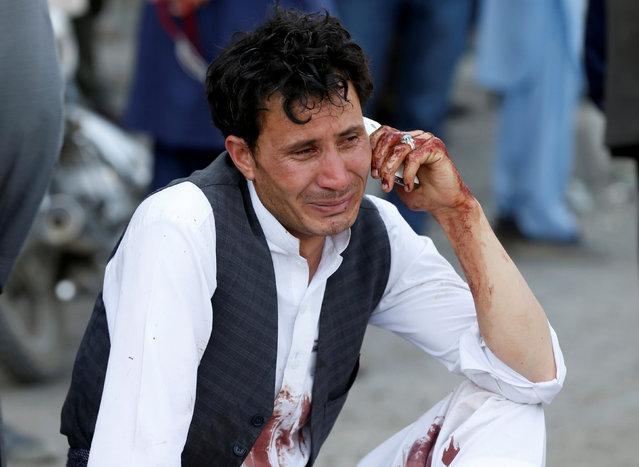
A bloodied man who carried dead and wounded, speaks on the phone at the site of a suicide attack an explosion that struck a protest march, in Kabul, Afghanistan, Saturday, July 23, 2016. Witnesses in Kabul say that an explosion causing multiple casualties struck the march by members of Afghanistan’s largely Shiite Hazara ethnic minority group, who were demanding that a major regional electric power line be routed through their impoverished home province. (Photo by Omar Sobhani/Reuters)
24 Jul 2016 09:59:00,post received
0 comments

